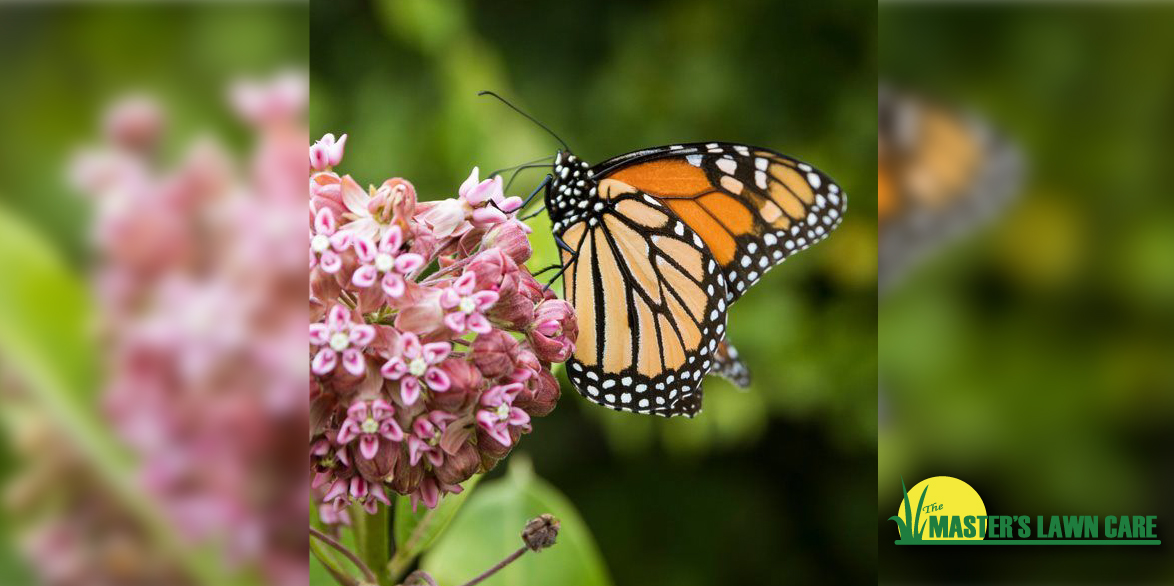At The Master's Lawn & Pest, we know your outdoor space is more than just a yard—it's where your family gathers, where you unwind after a long day, and where first impressions begin. When it comes to designing that space, one of the first questions we’re often asked is: What’s the difference between hardscaping and softscaping—and how do I know what I need?
Let’s break it down and talk about the balance that creates a functional, beautiful, and lasting landscape for Florida homes.
What Is Hardscaping?
Hardscaping refers to the non-living elements in your yard—the structural pieces that shape your outdoor layout. This includes:
- Patios and walkways
- Retaining walls and garden borders
- Paver driveways
- Fire pits and outdoor kitchens
- Drainage and grading features
Hardscaping is what gives your landscape structure. It defines gathering spaces, creates flow, and provides function. Whether it’s a backyard patio in St. Augustine or a fire pit in Gainesville, hardscaping elements are the foundation of your landscape.
What Is Softscaping?
Softscaping is all about the living side of your yard. Think:
- Flower beds and shrubs
- Trees and palms
- Grass and groundcovers
- landscaped mulch beds
These elements bring color, texture, and seasonal interest to your outdoor space. They soften the edges of your yard and help create a natural, inviting environment. We primarily use Florida-friendly plants to ensure your landscape not only looks great but thrives in our climate.
Why the Right Balance Matters
Too much hardscape can make your yard feel cold or commercial, while too much softscape without structure can feel messy or high-maintenance. The key is striking a balance that works for your home and lifestyle.
Here in North Florida, that might mean a paver path leading to a raised garden bed, bordered by native shrubs and ornamental grasses. Or maybe it’s a modern backyard with clean-lined concrete slabs, softened by layers of layered greenery and colorful seasonal plantings.
Our team helps you plan a landscape that:
- Withstands the Florida heat and humidity
- Adds value and curb appeal to your property
- Matches your aesthetic and maintenance goals
- Works with your yard’s layout and drainage needs
Our Advice? Start with the “Why”
Are you looking to entertain outdoors? Want to reduce lawn maintenance? Need better drainage or erosion control? When you start with the why, we help you design the how. From functional upgrades like a gravel swale or seating wall to lush curb appeal with flowering perennials, our team can guide you toward a custom solution.
Our Landscape Team is ready to help! Contact us now at (352) 378 - 5296 or fill out our form at the top of the page, we would love to help!







